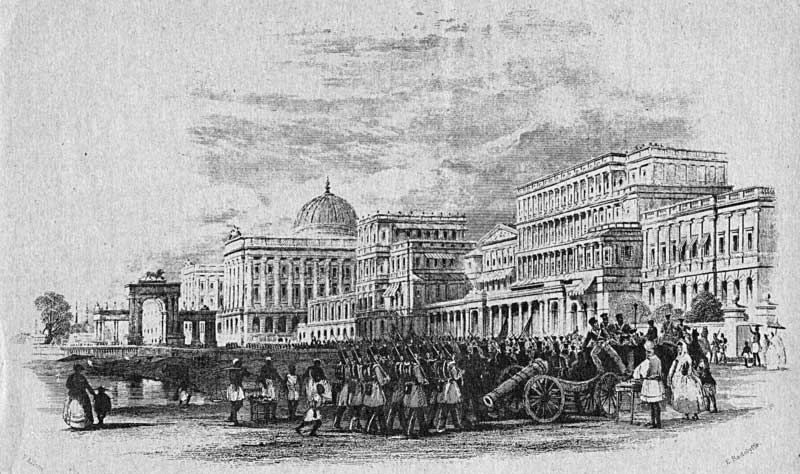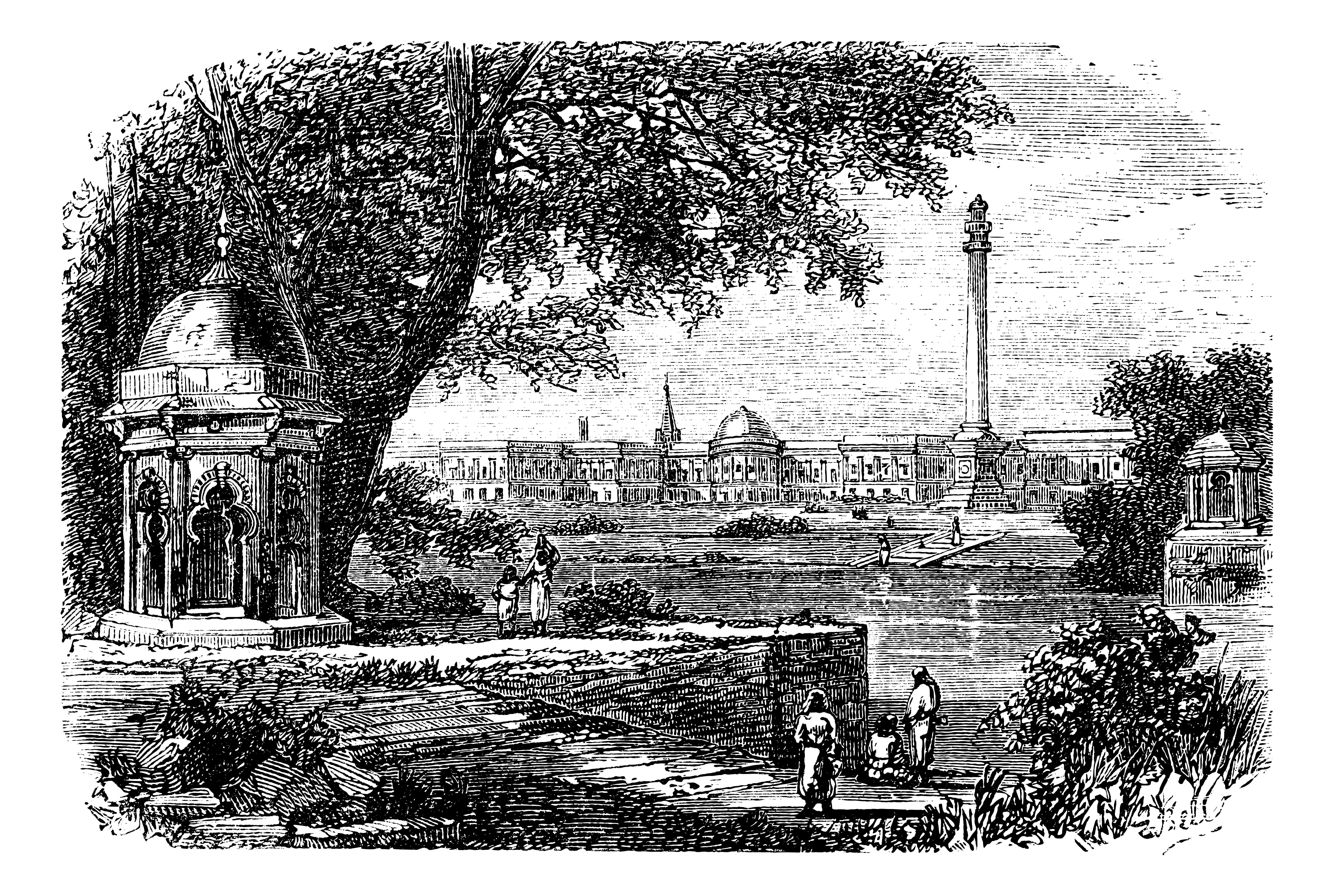Sir — The article, “A tale of two detectives” (Feb 27), by Uddalak Mukherjee made for interesting reading. Crime breaks away from the safe humdrum of everyday life, herein lies the appeal of reading about it. When it comes to crime in colonial Calcutta, added to this promise of thrill are the rich revelations about social hierarchy, power and prejudices. In a way, those reading or researching about the criminal justice system of this period are much like detectives themselves. They have to trace clues left behind in contemporary police reports, commentaries of detectives and writers, testimonies of culprits and law enforcement officers, strip these of biases and piece together a picture of colonial Calcutta.
As Mukherjee has pointed out, the law enforcement officers — both Englishmen and natives — were not the most neutral stakeholders. In fact, a perusal of archival material shows that thieves were far more even-handed. For example, take two cases of seendhel chors. One, a Bengali Brahmin called Mohes Chunder Chuckerbutty, bored his way into the house of a prostitute in Musjeed Baree Street and made away with her jewellery and clothing.
Another theft accomplished by cutting a seendh was at the famous jewellery shop of Cooke and Kelvey in Old Court House Street and the accused was an American sailor called, John Anderson. The choice of victims thus cuts across social barriers. Could it be that the unfairness of the social structure that was tipped against these petty criminals had taught them a lesson in equality?
Yashodhara Sen,
Calcutta
Sir — The article, “A tale of two detectives”, was riveting. The emergence and evolution of detective fiction in English literature affected the literature of the colonies. Since Calcutta was the headquarters of the raj for a long time, it is hardly surprising that detective fiction became more popular in Bengali than in any other Indian language.
The history of Bengali detective fiction formally began in April 1892, with the publication of “Banomali Daser Hatya”, the first story of the journal, Darogar Daptor, written by Priyanath Mukherjee, a detective in the Calcutta Police. Mukherjee simply chronicled his experiences, but his focus on the margins of the city and the marginalized received a wide readership among Bengalis, according to historians.
Yet, one must not forget that as a member of the imperial police force Mukherjee was often working against the colonized members of his own community. This did colour his judgment. In fact, in an autobiographical work, Mukherjee is said to have written about the various aspects of the “superb governance” of the English colonizers. He might well have been among the early moderate politicians who wanted partial self-rule.
A. Ganguly,
Nadia
Take it easy
Sir — John Maynard Keynes had predicted that the average workweek would shrink to 15 hours by the 21st century. Instead, a proposed bill now seeks to give employees some reprieve from working after hours. Mechanization was supposed to make life easier by reducing work. But the omnipresence of technology has had the opposite effect. Forget phones, even something as basic as watches can now keep employees on their toes when they are not physically present at work. But Bengalis, perhaps proving the old adage about their prescience, have perfected the art of lyadh. Maybe it is time to take this knowledge to the world.
Kanishka Gupta,
Calcutta
The fun is over
Sir — Moumita Chaudhuri has rightly highlighted the sharp growth in the number of para pujas in and around Calcutta over the past few years (“My God, OH MY GOD!”, Feb 24). Every year, newer deities seem to gain popularity. Para pujas used to be limited to Durga, Lakshmi, Saraswati and Kali, among others. But now gods that were once popular in other states — take Ganesha, for instance — are celebrated with much pomp and splendour.
All this would be fine if modern-day pujas had anything to do with devotion and/or religion. Pujas have become just one form of entertainment in Bengal. Bengalis are known to be a fun-loving people and the more the opportunities for merriment the better for them.
Another reason for the proliferation of pujas is the political patronage they receive. Local politicians have embraced the pujas as a means of widening their support base and are liberal with financial and logistical support. Everyone in this city seems oblivious to the fact that there are common people who find this ever-increasing chaos unbearable and just want to lead a normal life. It is these people who are also burdened with paying an endless stream of chanda throughout the year.
Srikanta Bhattacharjee,
Calcutta

Parents often share pictures, videos of their children on social media and if they are embarrassing, the children have to live with them all their lives (Shutterstock)
Parting shot
Sir — Children these days are changing the social media landscape even before they have the opportunity to learn what being “social” in the real world entails. Parents incessantly share pictures and videos of their wards on social media and these then go viral. If it is something embarrassing, the child has to live with it all his life because nothing ever goes away anymore. This can have a deep psychological impact on children.
Rima Roy,
Calcutta











